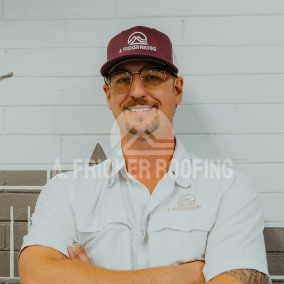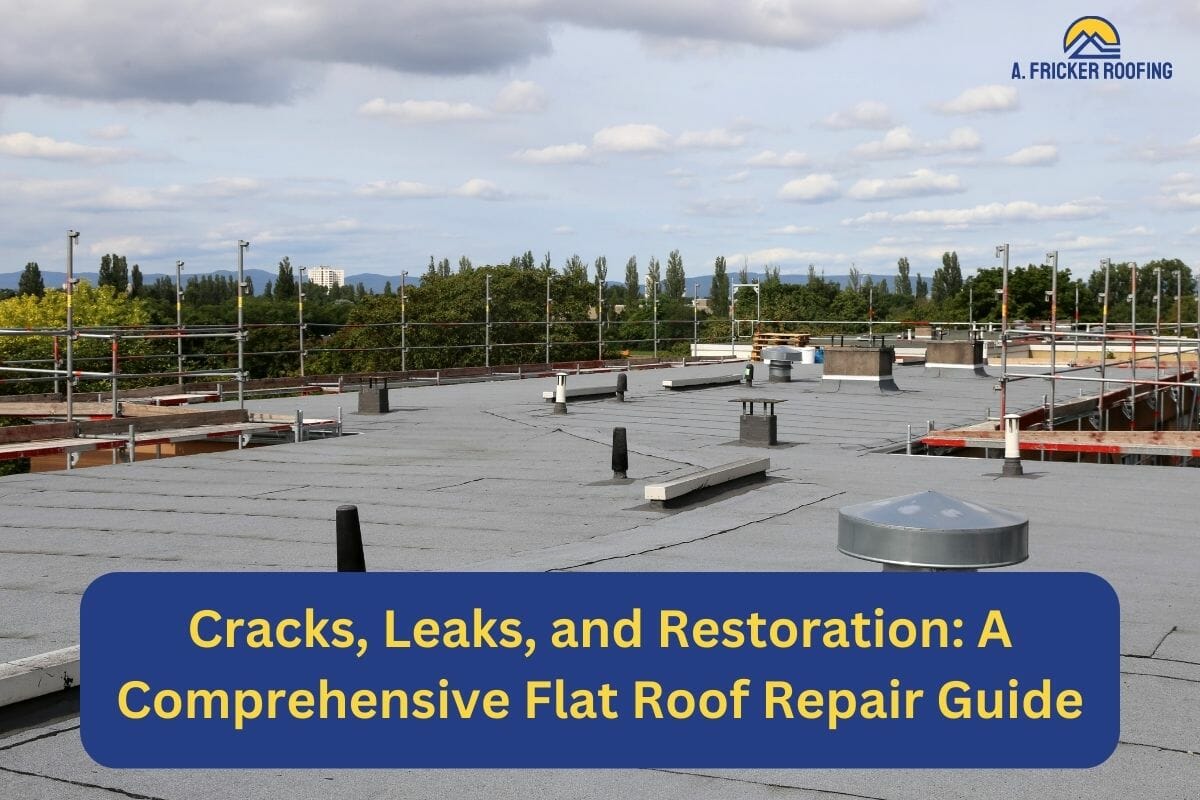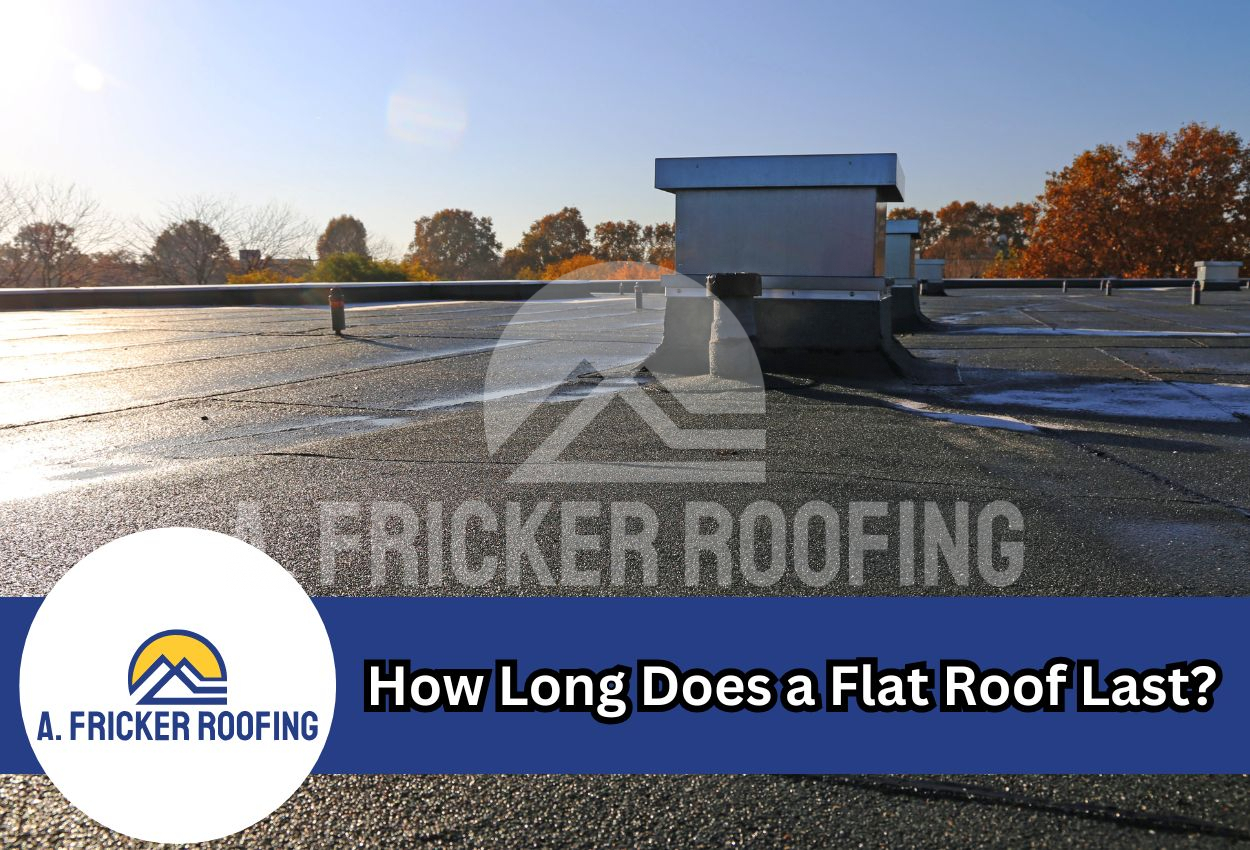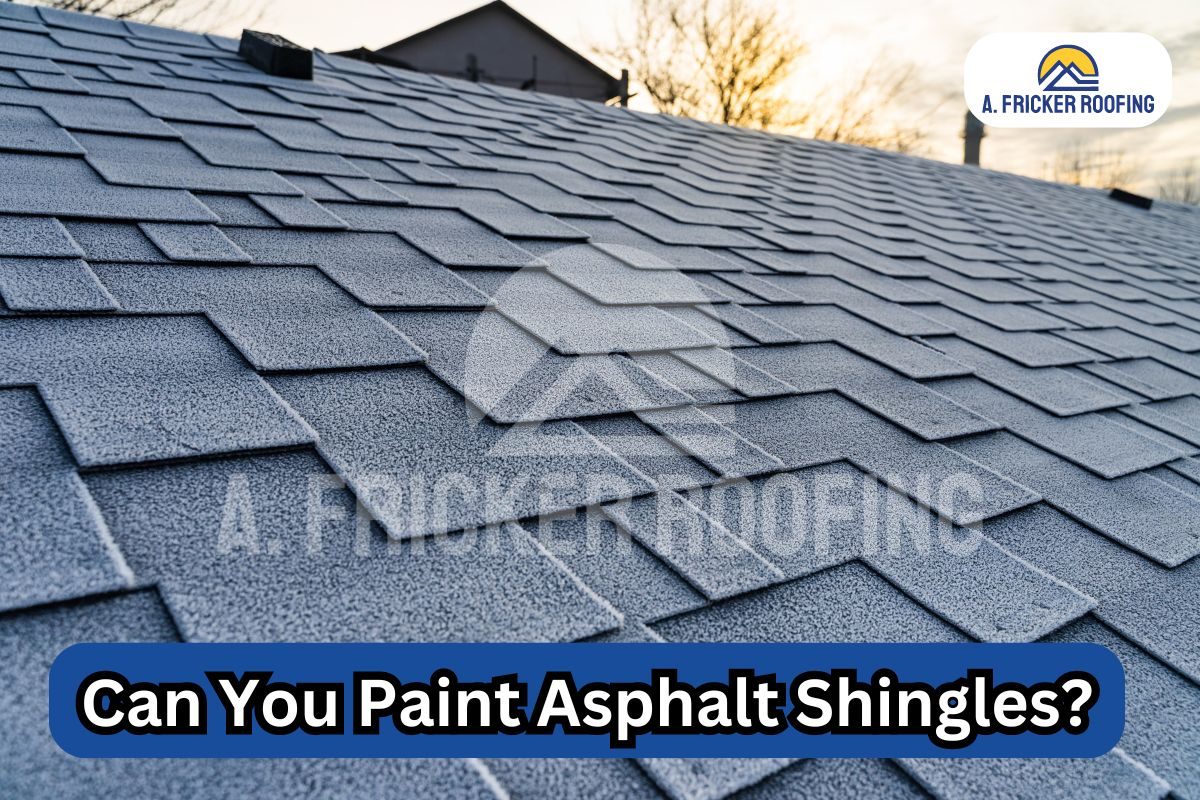Flat roofs have an appealing architectural design, but they pose unique challenges when it comes to drainage and weather resistance. To address these challenges, various roof membranes have been developed to improve the functionality of flat roofs. If you own a flat roof, you have several membrane options to choose from, each with specific characteristics and advantages.
This guide offers detailed information on various flat roof membranes, including their features, advantages, disadvantages, applications, cost considerations, and energy efficiency implications. Whether you are replacing your existing membranes or building a new roof, this article provides valuable insights for meeting durability expectations and budget constraints.
What Is A Roof Membrane?
Roofing membranes are a type of material specifically made for flat roofs. They essentially protect and safeguard your building against elements like sunshine, rain, hail, snowfall, and extreme temperatures.
Roof membranes are made of different materials and come in varied thicknesses. These materials are particularly crucial for flat roofs due to their lack of inherent water runoff capabilities. However, regardless of the many advantages of flat roofs, they can still pose unique challenges to property owners.
Roof membranes vary not only in material makeup but also in installation methods and performance qualities. Understanding these differences is essential if you want to install a roof membrane on your flat roof. The most popular roofing membranes on the market are EPDM (ethylene propylene diene monomer), TPO (thermoplastic olefin), PVC (polyvinyl chloride), BUR (built-up roof), and modified bitumen.
1. EPDM Roofing Membrane
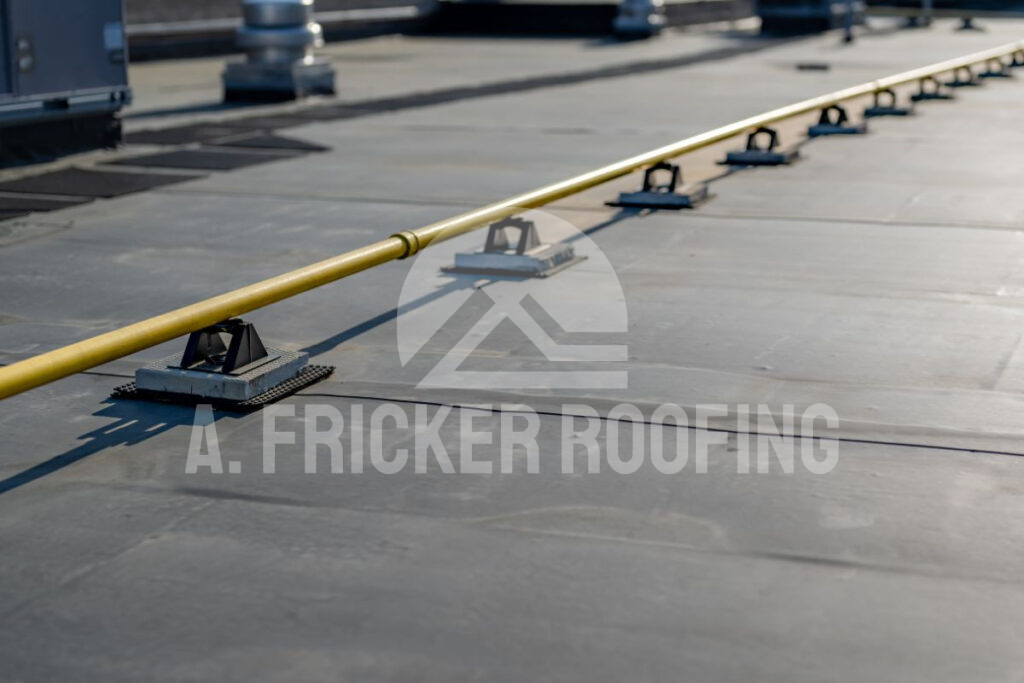
EPDM is one of the most popular flat roofing membranes known for its durability and thickness. This is a synthetic and black rubber roofing membrane that has rightfully earned its place as a favored choice for commercial building owners. If you own a flat roof, EPDM roof membrane can be the right choice.
Characteristics and Benefits
- Flexibility: One noticeable characteristic of EPDM is its flexibility. The elasticity of an EPDM roofing membrane allows it to adapt comfortably to seasonal temperature variations.
- Overall Resilience: EPDM roof membranes can resist elements such as sun rays, ozone induction, and thermal shock. Generally, you can expect an EPDM roof to last for 20 to 30 years.
- Ease of Installation: One more noteworthy aspect of EPDM is the ease of its installation. Thanks to its wider panel sizes, which can reach up to 50-feet in width, there are fewer seams for installers to seal off during the application process, substantially reducing the possibility of leakage issues in the future.
Cost of EPDM Roofing
The cost of EPDM roofing is a significant factor to consider. Though it isn’t one size fits all, the cost of EPDM roof installation depends on your location, the size of the roof, and the complexity of your roof design. Generally, the cost of EPDM roof installation ranges between $4 to $10 per square foot.
Also Read: 8 Flat Roof Problems You May Encounter
2. TPO Roofing Membrane
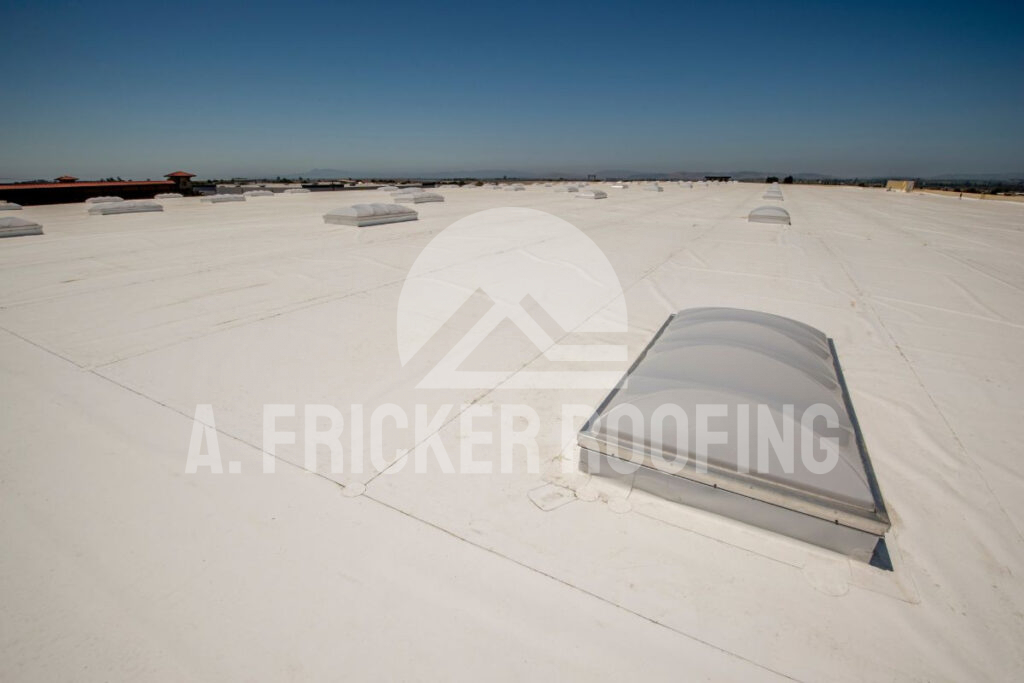
TPO is a popular roofing membrane that proves to be a reliable option for many homeowners and builders. For installation, a TPO roof membrane is heat welded to ensure a snug fit on the roof. Moreover, its white color has made it a go-to choice for those in warmer climates. Further understanding the features and advantages of TPO roofs can help you make the right decision for your property.
Characteristics and Benefits
- Affordability: One distinct advantage of TPO roofing membranes is their cost-effectiveness. Compared to other types of roof membranes on the market, this option tends to be priced favorably.
- Heat Reflection: TPO effectively reflects sunlight due to its bright white color, maintaining the temperature and energy efficiency of your building. This reflective quality can cut down on air conditioning costs.
- Durability: One of the most significant factors to consider when choosing a roofing membrane is how resilient it is against external harms like strong wind or punctures. A TPO roof will last between 15 and 20 years when regularly inspected and maintained.
Cost of TPO Roof Membranes
The cost of TPO roofing is also an important factor to consider when installing a new roof. Also, when making a final decision, consider the associated costs down the line. It will help you figure out if the material is consistent with your long-term vision. When installing a TPO roof, you can expect the upfront cost to be around $4 to $10 per square foot.
Also Read: 5 TPO Roofing Problems Building Owners Face
3. PVC Roofing Membrane
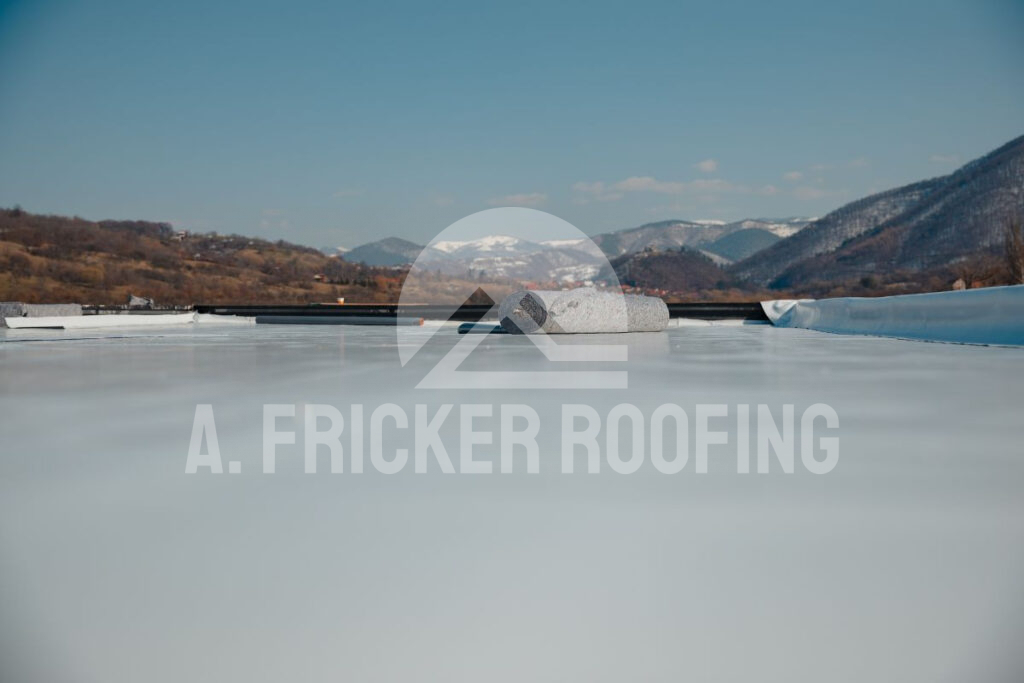
PVC is another type of roofing membrane that has gained popularity in the last couple of years. From commercial rooftops to residential verandas, PVC roofing membranes continue to increase their reputation as a robust and reliable choice in the broad spectrum of roofing membranes.
Characteristics and Benefits
- Durability: PVC roofing membranes are known for their impressive durability. Thanks to their rigid nature, PVC roof membranes not only withstand continuous weather exposure but also resist punctures. In fact, one main difference between TPO and PVC is that PVC offers a higher rate of puncture resistance. Moreover, PVC roofs have excellent chemical resistance. So even if you accidentally spill a substance on your roof, there won’t be significant damage done.
- Heat Reflectivity: One of the most appreciated features of the PVC membrane lies within its heat-reflective properties. This feature keeps your building comparatively cooler during the summer and reduces cooling costs significantly.
- Prevent Water infiltration: Water absorption isn’t an issue with these membranes as they are essentially waterproof — a much needed feature for protecting flat roofs.
Cost of PVC Roofs
Like other rubber roof membranes, the cost of installing a PVC roof depends on several factors: the quality of the roof membranes, the size of the roof, labor costs, time spent on the roof installation, and the complexity of the design. You can expect PVC roofs to cost around $2 to $9 per square foot.
4. BUR (Built-Up Roof) Membrane
Buried among the single-ply roofing membranes, there exists a gem known as a built-up roof or BUR. This particular type is among the oldest and most reliable flat roofs. As its name suggests, the structure comprises multiple layers built on each other to protect the roof from the elements.
Composition and Structure
Mainly, a built-up roof membrane consists of three components: bitumen, ply sheet, and aggregate surfacing.
Bitumen: Bitumen is the essential adhesive layer that binds all parts of the roof membrane together. It is primarily available in two forms: asphalt (hot or cold applied) and coal tar pitch.
Ply Sheets: Ply sheets, also known as roofing felts, are composed of high-strength glass fibers interwoven with fleece, providing additional strength and durability to the multi-layered structure.
Aggregate Surfacing: The topmost layer of aggregate surfacing serves as a shield against harmful UV rays and adds extra fire resistance, which are crucial characteristics for any sturdy roofing membrane.
Characteristics and Benefits
- Ultimate Protection Against Elements: Adding these layers creates a sturdy membrane overlying the base structure, providing steadfast protection and setting them apart from single-ply counterparts such as EPDM, TPO, or PVC.
- Longevity: One pivotal aspect to remember regarding BUR is longevity. A built-up roof can last 20 to 30 years when properly maintained.
Cost of BUR Roofing
The cost of installing a BUR ranges between $4 to $10 per square foot. It also includes the labor and materials costs, depending on your location.
5. Modified Bitumen Roofing Membrane
Roof repair or replacement can be overwhelming, but modified bitumen is an exceptional roofing membrane that stands out for its resilience and versatility.
This material type combines tradition with modern technology and offers an impressive blend of flexibility, watertightness, and strength. Derived from asphalt and reinforced with rubber and fiberglass, a modified bitumen roofing membrane has a lifespan of 15 to 20 years and can last even longer with regular inspections.
Also Read: Modified Bitumen Roof 101: Pros, Cons, And Costs
Understanding SBS and APP Variants
Let’s delve deeper into modified bitumen, which splits into two variants: styrene-butadiene-styrene (SBS) and atactic polypropylene (APP). These variants share a common bond, but each has unique traits worth exploring.
Starting with SBS, this variant is renowned for its exceptional elastic properties, making it resistant to aging and weathering. Notably, it also provides added flexibility at colder temperatures, which makes it an ideal option for getting through the winter.
On the other hand, APP comes with enhanced UV resistance and remarkable strength, making it incredibly reliable under direct sunlight. APP’s rigid qualities also necessitate heat-welding during installation, which makes it more pliable during the process.
Cost of Modified Bitumen Roof
The cost of installing a modified bitumen roof also depends on some key factors. If you are looking to install one, you will likely pay around $4 to $8 per square foot.
How To Choose The Right Roof Membrane For Your Flat Roof
When selecting a roofing membrane for your roof, your decision should be based on location-specific climate conditions, everyday wear and tear expectations, budget constraints, required maintenance efforts, energy consumption aspects, and finally, the installation process of each roofing material.
1. Durability Assessment
When making your decision, it’s important to consider the expected lifespan of each type under typical circumstances. For instance, EPDM tends to last up to 30 years, while PVC and TPO offer an average lifespan of 15 to 20 years. However, if you take good care of modified bitumen, it could last beyond 20 years. So, it’s essential to maintain your roof to get the most out of your roofing system.
2. Climate Considerations
It’s crucial to have a good understanding of the local climate when selecting a suitable roof membrane for your flat roof. Different weather conditions pose different threats that need to be considered. For instance, cold regions with heavy snowfall require a robust roofing system that can withstand the weight of any accumulated snow and can expand and contract with temperature fluctuations without cracking or blistering.
On the other hand, sunny areas would benefit from a membrane that’s resistant to UV rays. Buildings located in areas prone to strong winds or hurricanes will need particularly resilient roofing options that can withstand wind uplift.
3. Budget Constraints
It’s crucial to consider your budget when choosing between different types of roofing membranes. It’s essential to evaluate the long-term benefits versus the initial cost, including estimated lifespan and maintenance requirements. PVC might be less expensive upfront, but does not last as long as EPDM.
4. Installation and Maintenance Guidelines for Roof Membranes
Different types of roof membranes vary in their installation process, some of which may require specialized training or equipment. For instance, certain membranes require regular inspections to prevent moisture infiltration, while others demand frequent checks for seam integrity or punctures.
5. Energy Efficiency Attributes
Reducing energy consumption is a crucial factor for many building owners choosing roofing membranes. If you have a flat roof, your decision can either worsen the Heat Island Effect, which increases local temperatures, or improve it by selecting a cool roof option that reflects sunlight. This way, you can significantly reduce your air conditioning costs.
Contact Professional Roofers For Your Flat Roof Installation In Tulsa, OK.
If you want to install a flat roof in Tulsa, OK, contact the team of professional roofers at A. Fricker Roofing and Waterproofing. The roofers at the company are proficient at handling any roofing project, be it residential or commercial. The roofing company has served Tulsa and the surrounding areas for decades, gaining a solid reputation for our dependable roofing services. Contact us today at (918) 402-7167 and consult a professional for your roofing needs.

